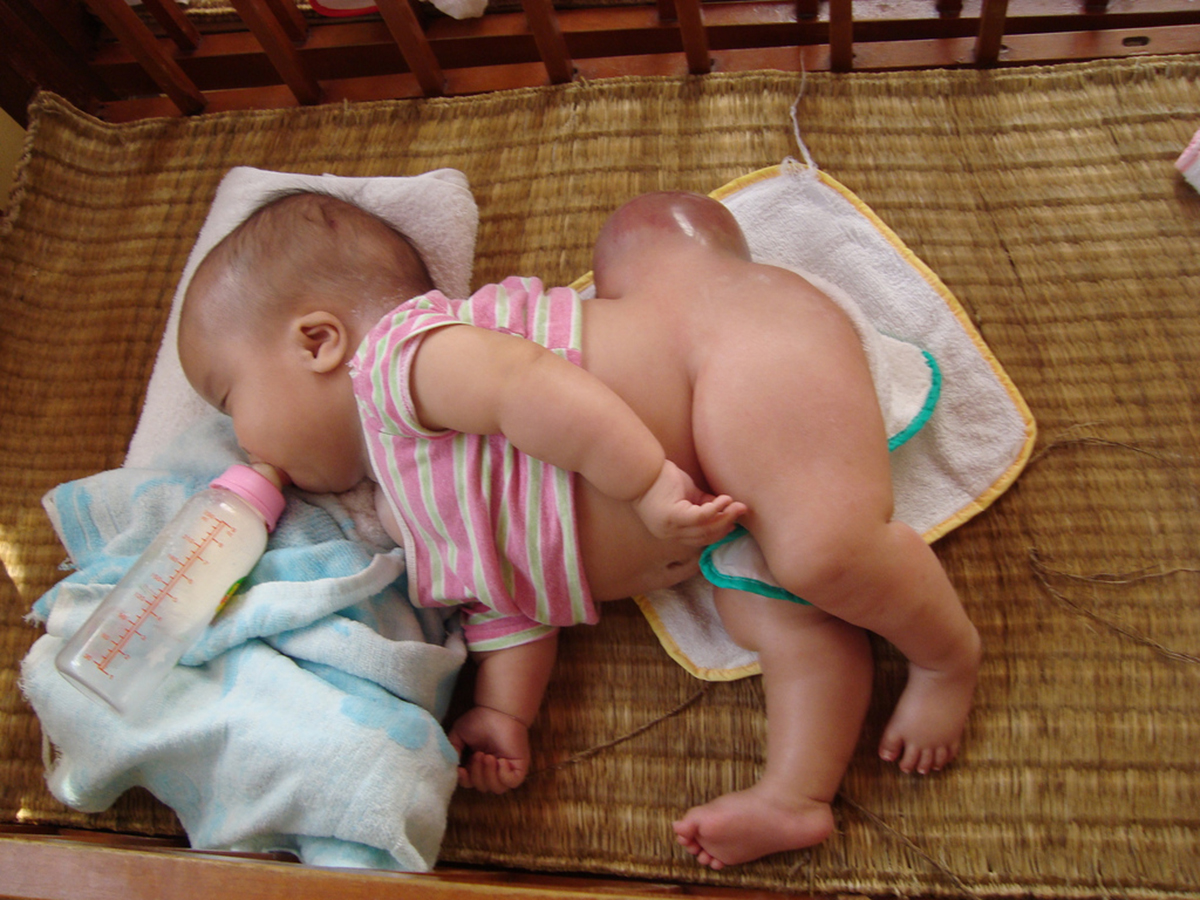Table of Contents
Neural tube defects (NTD) are congenital abnormalities which most commonly occur between the 20th and 28th day after an embryo is conceived. The neural plate cells make up the nervous system of a fetus. In normal fetal development, the plate folds back onto itself and creates a “neural tube.” A fully and normally formed neural tube becomes a fetal backbone and spinal cord. The superior pole will become the fetal brain, after is undergoes a series of transformations.

Anencephaly: What Is It?
Anencephaly is a neural tube defect that results when the head of a neural tube fails to properly close. Babies with anencephaly are often born without a cerebellum or scalp. Also missing in an infant born with anencephaly is the menix, which consists of both hemispheres of the brain and the vault of the skull. However, most babies with anencephaly do have a brain stem. Anencephaly can cause infant blindness, and no or few reflexes. Approximately 25% of infants with anencephaly will live to the end of pregnancy and die during delivery, 50% have a life expectancy of a few minutes to 24-hours, while the other 25% may live up to ten days.
Spina Bifida: What Is It?
With the neural tube defect Spina Bifida, a neural tube remains open at the caudal extremity. An infant with spina bifida will have a backbone and spinal cord that do not completely develop. Spina bifida causes an opening on the back, with a sac that contains liquid and possibly parts of the spinal cord. Whether or not spina bifida causes permanent disability will depend on the location of the defect on the backbone.
The higher a spina bifida lesion is on the back, the greater the chance is for lower limb paralysis. The lower the lesion is, the lower the risk of paralysis, the most frequent consequences of a lower lesion include lack of bowel and bladder control. Spina bifida can be complicated by hydrocephalus. Most babies with spina bifida will go through surgery before or right at birth, in order to prevent any further damage to the nervous system.
Neural Tube Defects: Causes
The precise causes of neural tube defects are currently unknown. Some medical researchers feel neural tube defects are the result of a combination of environmental and genetic factors.
It is never possible to predict when or if a woman will have an infant with a neural tube defect and the condition can happen in families that have no prior history of birth defects.
See Also: The Importance Of Folic Acid In Our Diet
Neural Tube Defects And Folic Acid
Folic acid and vitamin B12 are very important in reducing the number of neural tube defects. Folic acid is needed for the manufacturing and maintenance of new cells, as well as for RNA and DNA synthesis. It has been pondered that an early developing embryo might be particularly vulnerable to neural tube defects, if there is a deficiency of folic acid.
- Photo courtesy of Learningexecutive via Flickr: www.flickr.com/photos/learningexecutive/4366261145
- Photo courtesy of Stevendepolo via Flickr: www.flickr.com/photos/stevendepolo/7315163226


Your thoughts on this